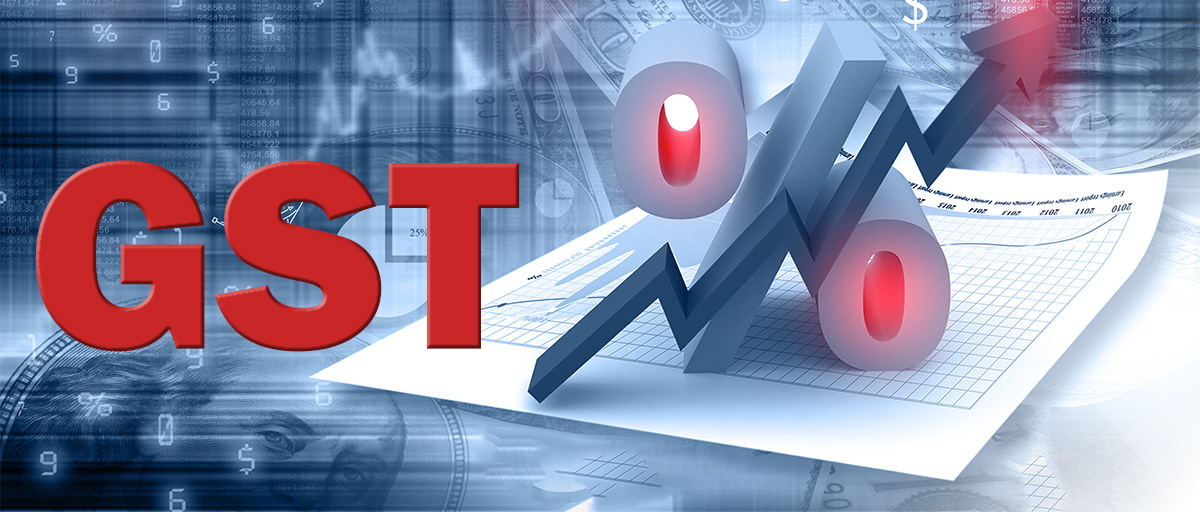The GST impact – An overview of what’s changed
The GST impact – An overview of what’s changed

-
The GST impact – An overview of what’s changed17 July 2017
The newly implemented Goods and Services Tax, is nothing less than a landmark reform for the Indian economy. Replacing the cascading layers of tax, GST’s implementation on the 01st of July 2017, took the country by storm. Two weeks since the implementation, it is only natural for businesses and the general public to still feel jittery about the same.
Bringing a uniform tax structure in place across all the sectors, this initiative looks forward to benefit both the customers and businesses. Reformation is being seen in the tax slabs and replacement of indirect taxes like customs duty, excise duty, VAT, freight duty, service tax, etc. This is evident, across the sectors such as financial, automobile, FMCG, pharmaceutical, logistics and telecom. However, these changes are showing a greater impact on the financial management sector.
GST and the Financial Sector
Much has been said about the increase in taxation levels on services – from a service tax regime of 15% (including the Krishi Kalyan cess and Swachh Bharat cess) to an 18% flat rate on most financial services as per the GST notifications. Additionally, there is now a state wise mandatory registration procedure, for every Non-Banking Financial Company (NBFC) and bank. Tax returns which were only two in service tax will now increase multi-fold depending on number of states in which the NBFC may have been registered.
Financial products like term insurance, auto insurance, insurance on home loans, consumer durables etc. will see a clear 3% increase, since these are all termed as risk premiums, i.e. the entire premium is taken to mitigate the risk of damage/theft/default. The impact on other financial products like Equity Mutual Funds is less pronounced as the tax only impacts the management fee charges – which range between 1.5-2.5% of the fund contribution. Therefore, the total impact here is in the range of 0.03%, with the fees changing from 2.65% to 2.68%.
Reels of Transformation – GST in the Automobile Sector
The automobile sector is seeing a varied effect post the GST implementation. The industry is benefiting from the standardization of a plethora of taxes, into a 28% GST. On the other hand, this one tax regime has announced tax slabs depending on the size of the vehicle. This means that the size of a car is directly affecting its cost, over the automobile technology it uses. This reform is attracting sale of smaller cars which offer a lesser cess component, as compared to larger vehicles. In a nutshell, it can be summarised that the GST implementation can work wonders for the automobile industry by offering a unified tax.
Taking Stock of GST for the FMCG Sector
In the many GST talks across the country, the FMCG sector was determined to be a clear winner. With the FMCG brands having to revise their product pricing to a greater extent, they have gone ahead to balance the current costs, by either slashing or increasing the weightage of those products. Utilities such as bathing soap, detergent powder, hair oil etc. come under the 18% tax slab under GST. These revised-priced products have already begun entering the market. The breakdown of indirect taxes of each of these sections is quite huge and this GST rate is sure to spell a boom for the FMCG sector.
GST Prescription for the Pharma and Healthcare Sectors
Although exempting the healthcare sector from paying GST, the uniform tax reform brings the inputs by the healthcare sector to 18%. This includes crucial products and services like security, housekeeping, diagnostics, operating tables, etc. Under this tax slab, pharmaceutical products will rise to 12% as compared to the earlier 10%. Following this single tax reform, the Indian pharmaceutical sector is being completely reorganised with the price of diagnostic services and surgery rising. Through encouraging all participants to compete with each other fairly, it is leaving no room for unnecessary bias and favouritism.
The Bottom Line:
The road might feel bumpy at the moment, but it’s only the beginning. To decode the complexities of GST, handholding for entrepreneurial ventures and also retail customers, is essential.HDB Financial Services, one of the leading NBFCs in India, offers retail customers hassle-free solutions for financial requirements, in terms of lending and protection. While the GST will benefit customers with its greater transparency and unified tax regime, deciphering its numerous facets will require nothing less than professionals.







































































